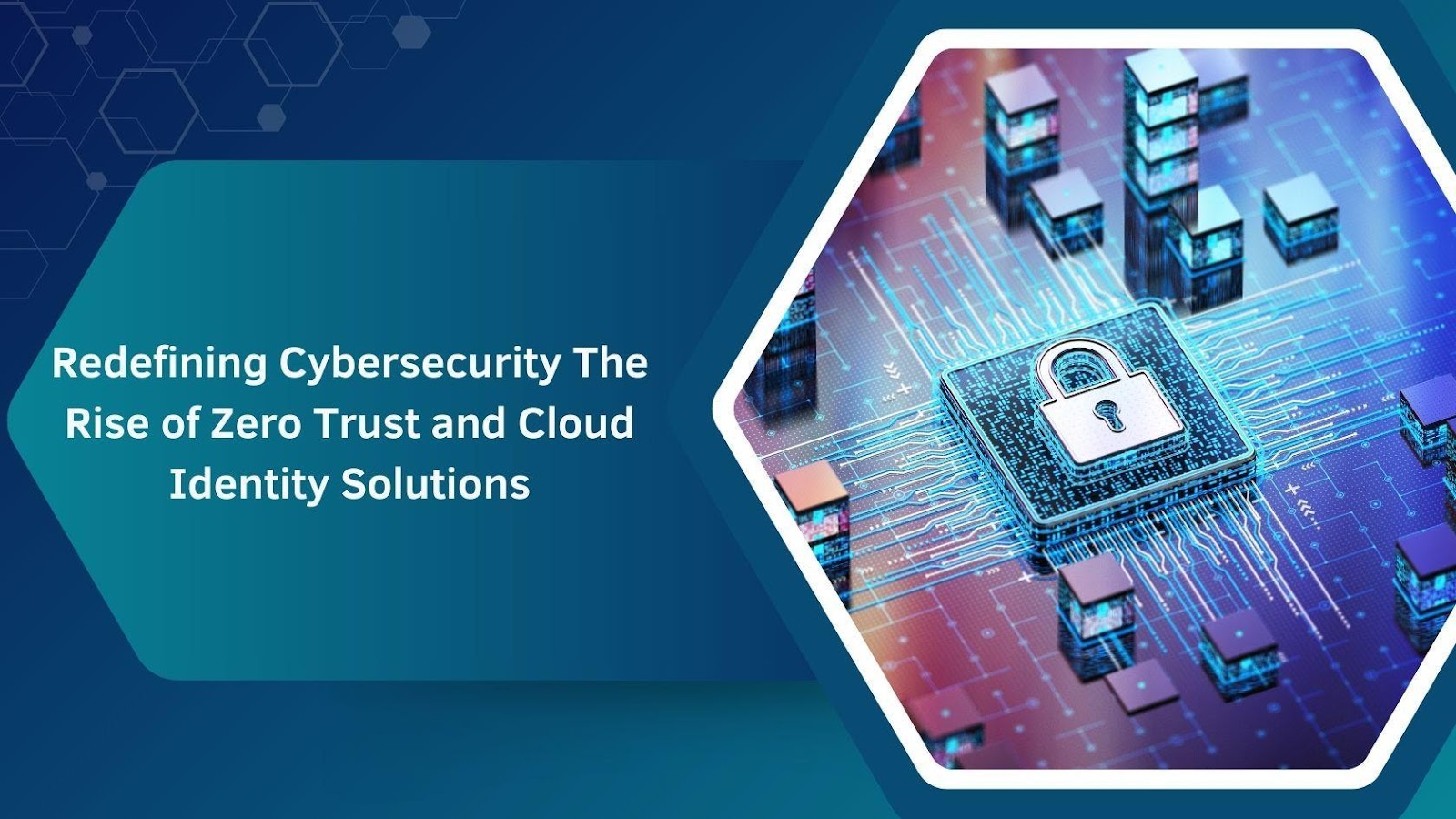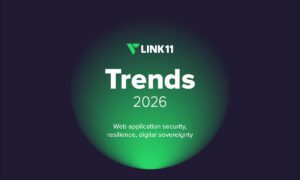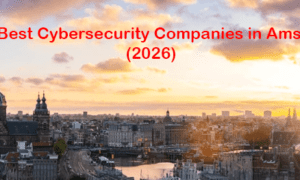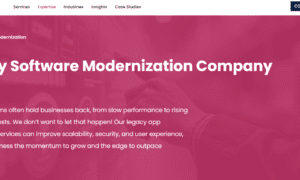In an era where cyber threats evolve rapidly, traditional security models are proving inadequate. Naga Yeswanth Reddy Guntaka, a cybersecurity researcher, presents a forward-looking approach to enterprise security through Zero Trust Architecture (ZTA) and cloud identity solutions. His research sheds light on the integration of identity-centric security measures to build resilient digital infrastructures.
Moving Beyond Perimeter-Based Security
For decades, cybersecurity relied on perimeter-based defenses, assuming that entities within a network were inherently trustworthy. However, the growing sophistication of cyber threats, coupled with the expansion of remote work and cloud-based infrastructures, has rendered this model obsolete. Organizations are now adopting identity-centric frameworks where access is granted based on verification rather than location.
The Evolution of Identity Management
Identity management has evolved from centralized control to decentralized frameworks, empowering users with greater control over their digital identities. Decentralized Identifiers (DIDs) minimize reliance on third-party authentication, enhancing security and privacy. This transformation enables seamless interoperability across digital ecosystems, reducing risks associated with centralized identity storage. By distributing identity verification, DIDs offer a more resilient and user-centric approach, fostering trust and flexibility in online interactions while addressing growing concerns over data sovereignty and privacy in the digital age.
The Core Principles of Zero Trust
Zero Trust follows the principle of “never trust, always verify,” replacing broad network access with strict identity authentication and least privilege enforcement. It ensures users and devices receive only necessary permissions, minimizing risk. Role-Based Access Control (RBAC) and Attribute-Based Access Control (ABAC) further refine access policies, restricting access based on roles, attributes, and contextual factors. Unlike traditional models, Zero Trust continuously validates trust before granting access, enhancing security by preventing unauthorized movement within networks and reducing the attack surface.
Strengthening Security with Continuous Authentication
Modern identity solutions incorporate continuous authentication, where user credentials are verified throughout a session rather than just at login. This approach minimizes risks associated with session hijacking and credential compromise. Multi-factor authentication (MFA) and biometric verification further enhance security by ensuring that only authorized users gain access to sensitive resources.
Identity Governance and Access Management
A well-defined identity governance framework is essential for organizations to manage user access effectively. Governance models integrate security policies with dynamic risk assessments, ensuring compliance with regulatory standards. Access management solutions facilitate real-time monitoring and adaptive authentication, preventing unauthorized access based on contextual data such as device type, geolocation, and behavioral patterns.
Implementing Micro-Segmentation for Enhanced Security
Micro-segmentation divides network resources into isolated segments, reducing the attack surface and containing potential threats. This strategy ensures that even if one segment is compromised, lateral movement by attackers is restricted. By integrating identity-based access controls, micro-segmentation strengthens data protection and mitigates the risk of insider threats.
Automating Security Policies for Zero Trust Deployment
Policy automation plays a crucial role in Zero Trust implementation, enabling real-time enforcement of security rules. Automated policy engines assess user behavior, device security posture, and contextual risk factors to make dynamic access decisions. This proactive approach minimizes human errors and accelerates threat response times.
Overcoming Challenges in Zero Trust Adoption
Transitioning to a Zero Trust model presents challenges, including legacy system compatibility, organizational resistance, and implementation complexity. A phased approach, beginning with identity governance and access control measures, helps organizations gradually adopt Zero Trust without disrupting business operations. Security leaders must also invest in employee training and awareness programs to facilitate smoother adoption.
Future Trends in Cloud Identity and Zero Trust Security
As cyber threats continue to evolve, future advancements in Zero Trust and cloud identity solutions will integrate artificial intelligence (AI) and machine learning (ML) for threat detection and response. Predictive analytics will enable organizations to anticipate security breaches before they occur, further strengthening cyber resilience.
In conclusion, Naga Yeswanth Reddy Guntaka’s research underscores the urgency of adopting Zero Trust and cloud identity frameworks to fortify modern enterprises against evolving cyber threats. By embracing identity-centric security models, organizations can not only mitigate risks but also ensure regulatory compliance and protect critical digital assets. As the cybersecurity landscape grows increasingly complex, a proactive approach to identity and access management is essential for building resilient and secure digital infrastructures.
































